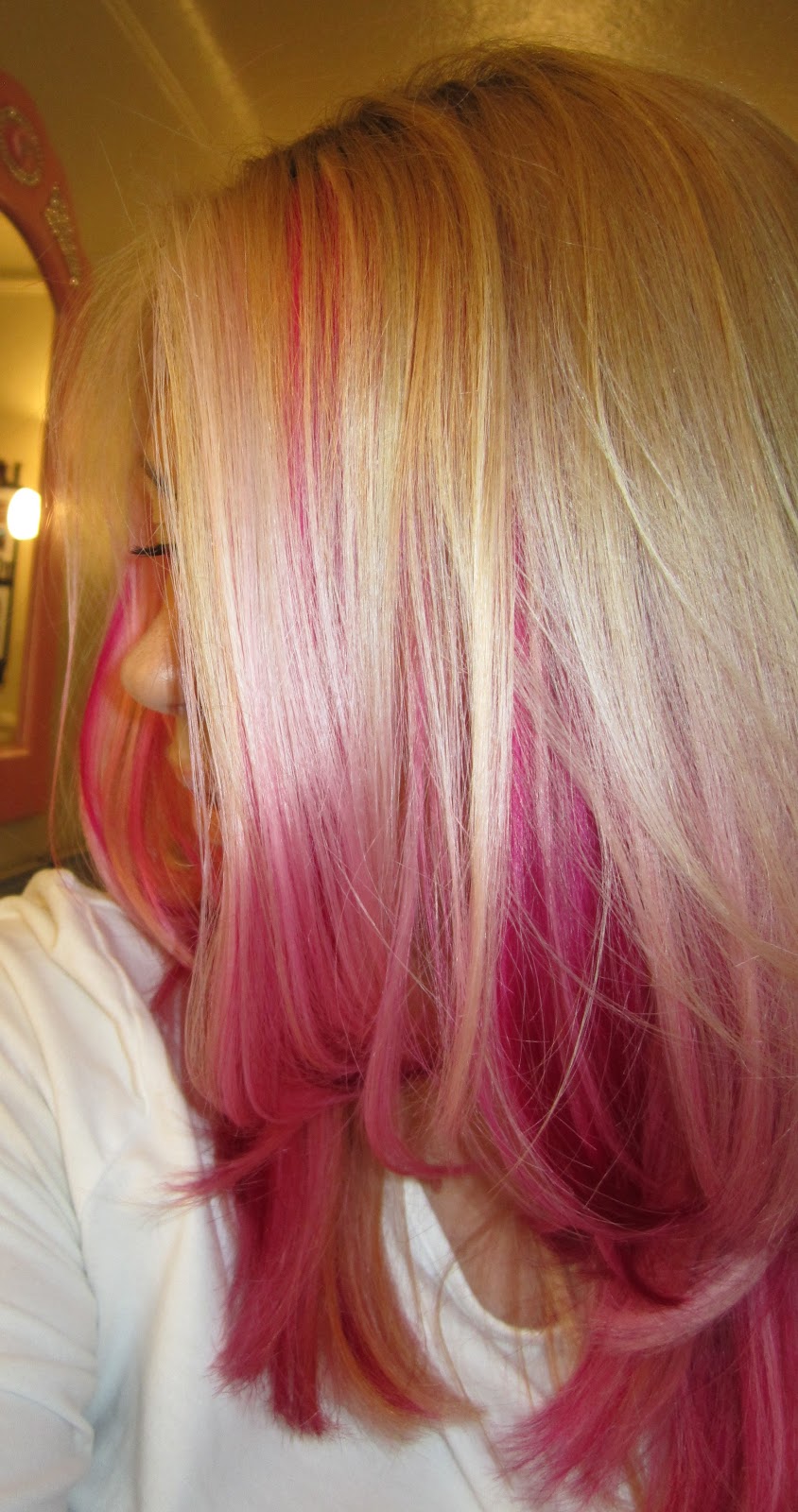Are you considering changing your look with pink hair dye? This vibrant color has taken the beauty world by storm, offering a unique way to express individuality and creativity. Whether you're going for a soft pastel pink or a bold magenta, there’s a shade for everyone. In this comprehensive guide, we will explore everything you need to know about pink hair dye, including application techniques, maintenance tips, and the latest trends.
From choosing the right shade to ensuring your hair stays healthy and vibrant, this guide will cover all aspects of pink hair dye. We will also delve into the cultural significance of pink hair, how it has evolved over the years, and why it remains a popular choice among fashion enthusiasts.
Join us on this colorful journey as we unveil the secrets to achieving and maintaining stunning pink hair. Let's dive into the world of pink hair dye!
Table of Contents
- 1. Understanding Pink Hair Dye
- 2. Choosing the Right Shade of Pink
- 3. Application Techniques for Pink Hair Dye
- 4. Aftercare and Maintenance Tips
- 5. Common Mistakes to Avoid
- 6. Pink Hair Dye for Different Hair Types
- 7. The Cultural Significance of Pink Hair
- 8. Conclusion and Next Steps
1. Understanding Pink Hair Dye
Pink hair dye is a popular choice for those looking to make a statement or express their creativity. It comes in various formulations, including temporary, semi-permanent, and permanent options. Understanding the differences between these types is crucial in making an informed decision.
Temporary dyes typically last for a few washes and are great for those who want to experiment without a long-term commitment. Semi-permanent dyes can last several weeks and offer more vibrant results, while permanent dyes provide long-lasting color but may require more maintenance.
Types of Pink Hair Dye
- Temporary Pink Hair Dye
- Semi-permanent Pink Hair Dye
- Permanent Pink Hair Dye
- Pastel vs. Vibrant Shades
2. Choosing the Right Shade of Pink
Choosing the right shade of pink can significantly affect the overall look. Factors such as skin tone, personal style, and hair condition should be considered. Here are some tips to help you select the perfect shade:
- Skin Tone: Warm skin tones pair well with peachy or coral pinks, while cool skin tones complement more fuchsia or lavender shades.
- Hair Condition: If your hair is damaged, opt for a semi-permanent dye to minimize further damage and make it easier to maintain.
- Personal Style: Consider how bold you want your hair color to be. Soft pastels can offer a subtle change, while vibrant pinks create a statement look.
3. Application Techniques for Pink Hair Dye
Applying pink hair dye correctly is essential for achieving the desired results. Here are some techniques to consider:
Preparing Your Hair
Before applying any dye, ensure your hair is clean and dry. It’s best to avoid washing your hair for 1-2 days prior to dyeing, as this allows your natural oils to protect your scalp from irritation.
Application Steps
- Wear gloves to protect your hands from staining.
- Section your hair into manageable parts.
- Apply the dye evenly from roots to ends, ensuring complete coverage.
- Follow the manufacturer’s instructions for processing time.
4. Aftercare and Maintenance Tips
Maintaining pink hair requires special care to keep the color vibrant and the hair healthy. Here are some effective aftercare tips:
- Use sulfate-free shampoos and conditioners to prevent color fading.
- Limit washing your hair to 2-3 times a week.
- Use cold water to rinse your hair, as hot water can strip color.
- Consider using color-depositing conditioners to refresh your pink hue.
5. Common Mistakes to Avoid
When dyeing your hair pink, avoiding common pitfalls can lead to better results. Here are some mistakes to watch out for:
- Not doing a patch test before applying the dye.
- Skipping the pre-dye preparation process.
- Using the wrong type of dye for your hair type.
- Washing hair too frequently after dyeing.
6. Pink Hair Dye for Different Hair Types
Different hair types may react differently to pink hair dye. Here’s how to approach dyeing based on hair texture:
Straight Hair
Straight hair tends to hold color well, but it’s crucial to ensure even application to avoid patchiness.
Curly Hair
Curly hair may require more dye to penetrate the curls, so be sure to saturate each section thoroughly.
Color-treated Hair
If your hair is previously colored, consider consulting a professional to achieve the best results without damage.
7. The Cultural Significance of Pink Hair
Pink hair has evolved from a bold fashion statement to a symbol of self-expression and individuality. Various celebrities and influencers have popularized pink hair, making it a trend embraced by many. This section will explore how pink hair dye has become a cultural phenomenon.
8. Conclusion and Next Steps
In conclusion, pink hair dye offers a vibrant way to express yourself and refresh your look. By understanding the different types of dye, choosing the right shade, and following proper application and maintenance techniques, you can achieve stunning results.
We encourage you to share your pink hair experiences in the comments below, and don’t forget to explore other articles on our site for more beauty tips!
Thank you for reading, and we hope to see you back here for more exciting content!
Article Recommendations


